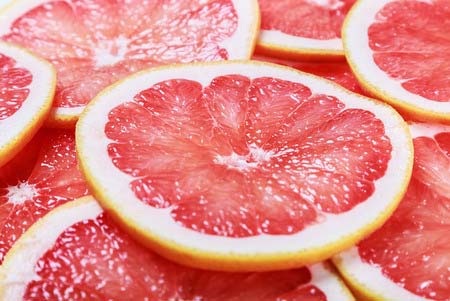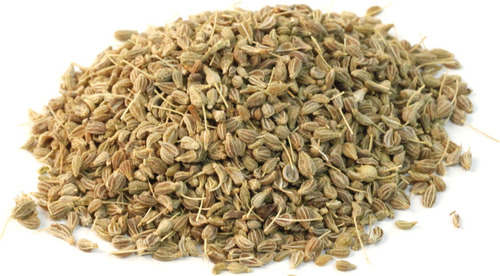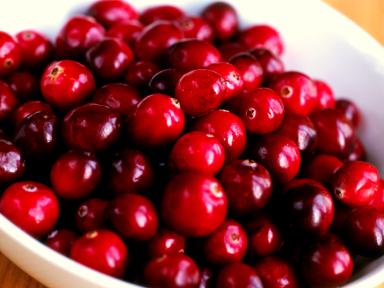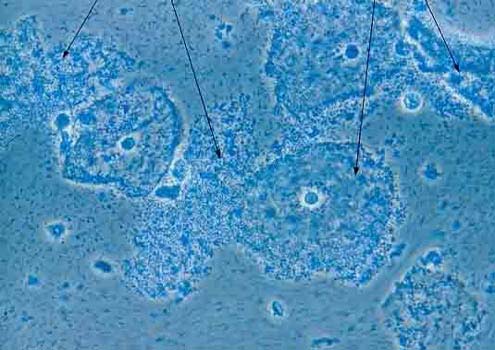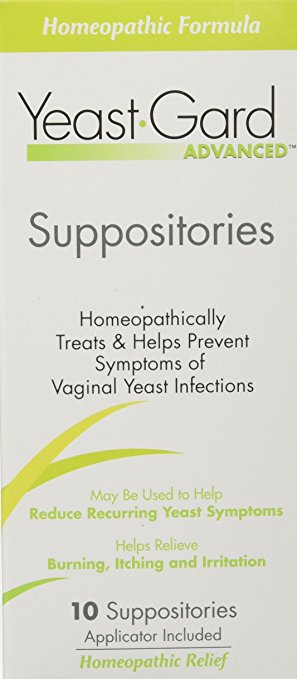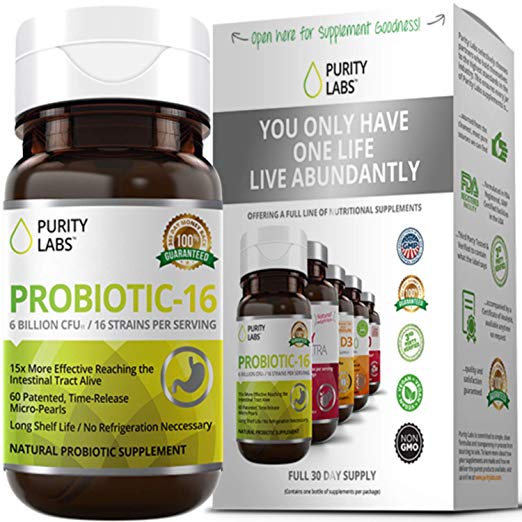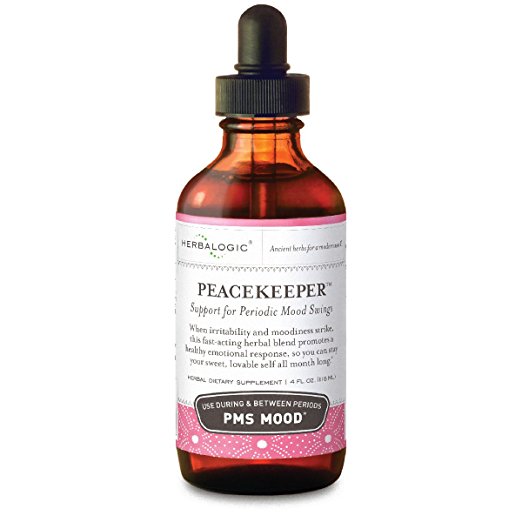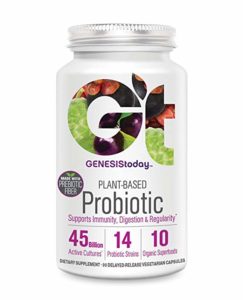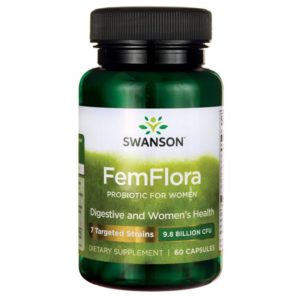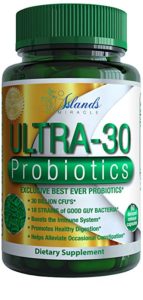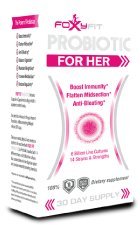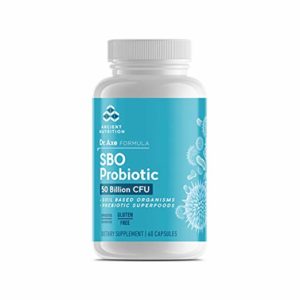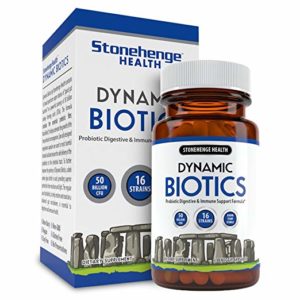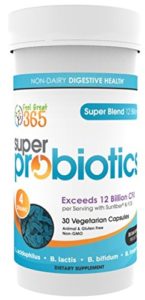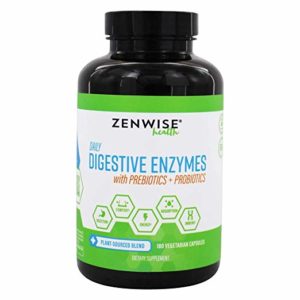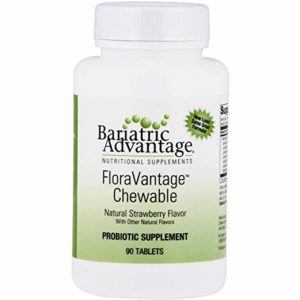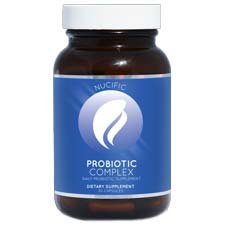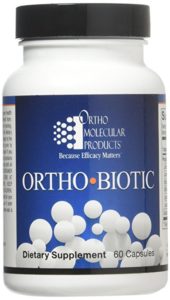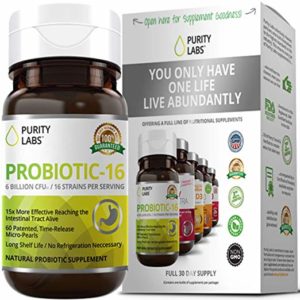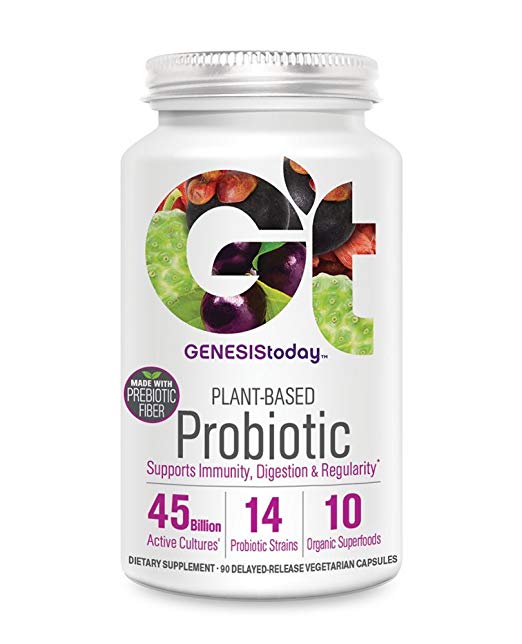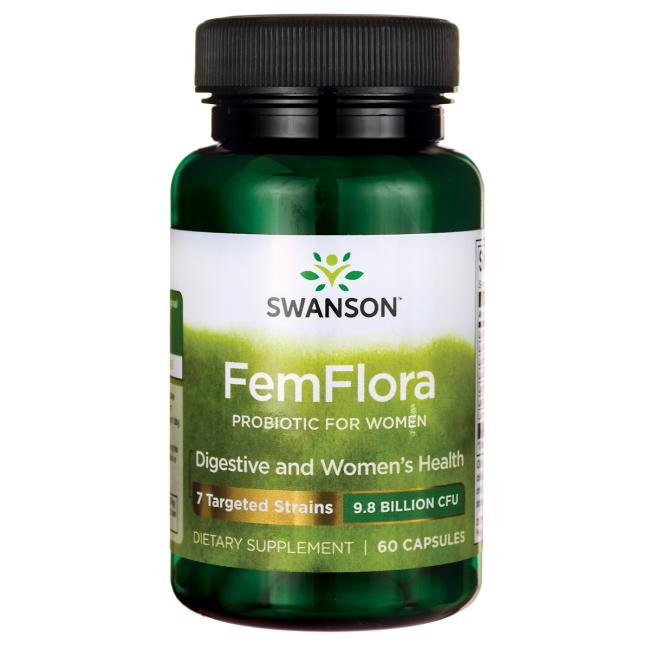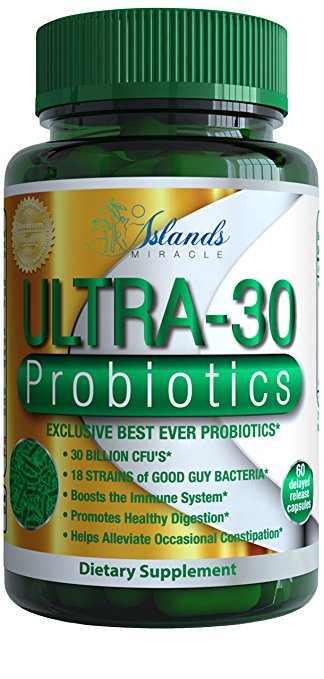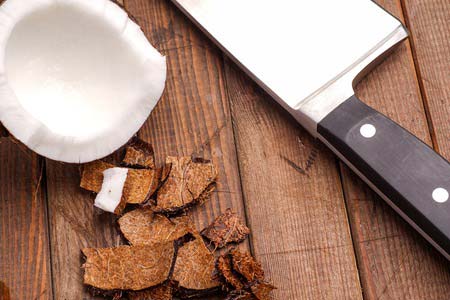
Feminine Issues?
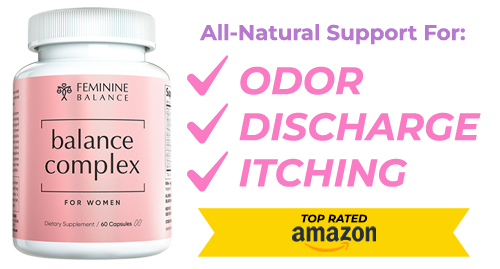
The only All-Natural Product for:
- Feminine Issues
- Vaginal Odor
- Vaginal Itching
- Vaginal Discharge
Start Seeing A Difference Within a Few Days of Taking it!
WHAT'S THE PROOF?
Out of the tens of thousands of women that have tried Balance Complex, over 700 have been so impressed by the results, that they have voiced their results in the form of reviews for the product on Amazon, the world most TRUSTED online marketplace.
Below are just a few of the reviews of Balance Complex on Amazon:

"I have been looking for a probiotic to help with my feminine issues and this has done the trick!I have already recommended to other friends!" *

"I loved it. Just knowing that I was taking care of any problems that might occur that we as females go through gave me a piece of mind." *

"I was surprised it worked as fast as it did. Very Effective & Natural. I take one at night and one in the afternoon. And I feel so much better." *
Every order of Balance Complex on Amazon is backed by Amazon’s 100% money back satisfaction guarantee.
Try it for up to 90 days and if you aren't thrilled with the results, just notify Amazon and they will give you a full refund.
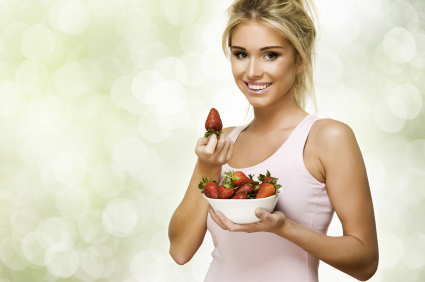
3 Diet Tips For Candida Treatment
Yeast infections are a problem for many people. They are most often caused by candida yeasts, especially candida albicans. If you think you may have a yeast infection, the first thing you should do is talk to your doctor. However, there are several foods or dietary changes that may also help. This article lists 3 diet tips that can be effective against candida.
Coconut Oil For Candida Treatment-
Candida yeasts are microscopic fungi found around the skin, mouth or gut. They are usually harmless, but may cause infections when your body’s defenses are weakened. Plants have their own defenses against yeasts and other fungi, and some produce compounds that are toxic to fungi.
A good example is lauric acid, a saturated fatty acid widely studied for its antimicrobial and antifungal effects. Coconut oil is almost 50% lauric acid. This makes it one of the richest dietary sources of lauric acid, which is otherwise rarely found in high amounts in food.
Probiotics For Candida Treatment-
Several factors may make some people more prone to Candida infections, including diabetes and a weakened or suppressed immune system. Antibiotics may also increase risk, as strong dosages sometimes kill a portion of the beneficial bacteria in the gut.
These bacteria are a part of the body’s natural defenses against Candida yeasts. They protect against infections by competing with them for space and nutrients. Consuming probiotics may help restore these populations of beneficial bacteria.
Probiotics are live bacteria often found in fermented foods, such as yogurt with active cultures. They can also be taken in supplements. Studies suggest that probiotics may be a useful preventive or complementary treatment against Candida infections.
Garlic For Candida Treatment-
Garlic is another good example of a healthy plant food with strong antifungal properties. This is partly due to allicin, an antifungal substance that forms when fresh garlic is crushed or damaged.
When given to mice in high amounts, allicin seems to fight Candida yeasts, but is slightly less effective than the antifungal drug fluconazole. Test tube experiments also indicate that garlic extract may reduce yeasts’ ability to attach to the cells lining the mouth.
However, keep in mind that garlic provides only tiny amounts of allicin, whereas most studies have used high amounts of isolated allicin. One 14-day study in women found that taking garlic supplements in capsules had no effects on vaginal yeast infections.
Overall, more clinical trials are needed to confirm whether eating garlic has any treatment value in humans. Nevertheless, using garlic to spice up your food is safe and healthy. It might also work well alongside conventional Candida treatments.
Review Overview
5.1 OVERALL SCORE
Feminine Issues?

The only All-Natural Product for:
- Feminine Issues
- Vaginal Odor
- Vaginal Itching
- Vaginal Discharge
Start Seeing A Difference Within a Few Days of Taking it!
WHAT'S THE PROOF?
Out of the tens of thousands of women that have tried Balance Complex, over 700 have been so impressed by the results, that they have voiced their results in the form of reviews for the product on Amazon, the world most TRUSTED online marketplace.
Below are just a few of the reviews of Balance Complex on Amazon:

"I have been looking for a probiotic to help with my feminine issues and this has done the trick!I have already recommended to other friends!" *

"I loved it. Just knowing that I was taking care of any problems that might occur that we as females go through gave me a piece of mind." *

"I was surprised it worked as fast as it did. Very Effective & Natural. I take one at night and one in the afternoon. And I feel so much better." *
Every order of Balance Complex on Amazon is backed by Amazon’s 100% money back satisfaction guarantee.
Try it for up to 90 days and if you aren't thrilled with the results, just notify Amazon and they will give you a full refund.
Recent Tests
Categories
- General Health
- Feminine Guides
- Ingredient Guides
- Product Reviews
- Bacterial Vaginosis Products
- Candida Products
- Menopause Products
- UTI Products
- Yeast Infection Products
About Us

FeminineHealthReviews is dedicated in bringing you the top unbiased editorial reviews and ratings for natural products and supplements, along with specs, user reviews, supplement facts and more.
These statements have not been evaluated by the Food and Drug Administration. This product is not intended to diagnose, treat, cure or prevent any disease.
*Results may vary. If you are pregnant, nursing, have a serious medical condition, or have a history of heart conditions we suggest consulting with a physician before using any supplement. The information contained in this website is provided for general informational purposes only. It is not intended to diagnose, treat*, cure, or prevent any disease and should not be relied upon as medical advice. Always consult your doctor before using any supplements. Disclosure of Material Connection: Some of the links in the post above are "associate sales links." This means if you click on the link and purchase an item, we will receive a commission. Regardless, we only recommend products or services which we use personally and/or believe will add value to our readers. We are disclosing this in accordance with the Federal Trade Commission’s 16 CFR, Part 255: "Guides Concerning the Use of Endorsements and Testimonials." Disclaimer: © 2025 All Rights Reserved. The information provided on this site is intended for your general knowledge only and is not a substitute for professional medical advice or treatment for specific medical conditions. You should not use this information to diagnose or treat* a health problem or disease without consulting with a qualified healthcare provider. Please consult your healthcare provider with any questions or concerns you may have regarding your condition.Your use of this website indicates your agreement to this websites published terms of use and all site policies. All trademarks, registered trademarks and service-marks mentioned on this site are the property of their respective owners.





